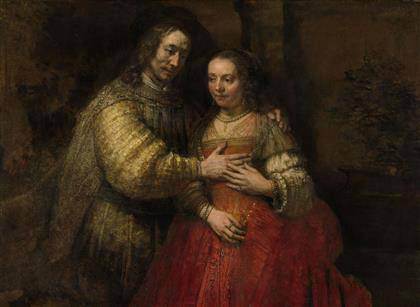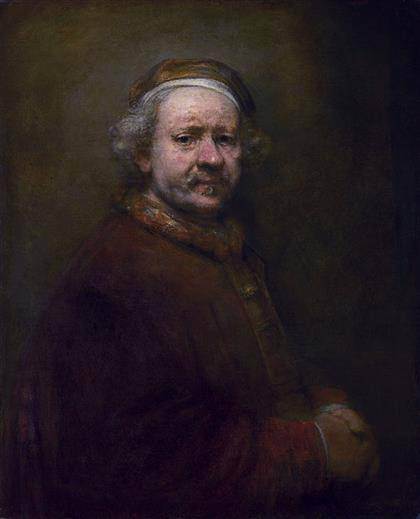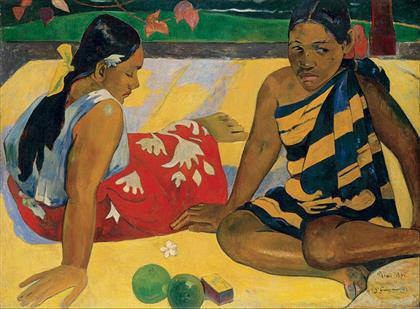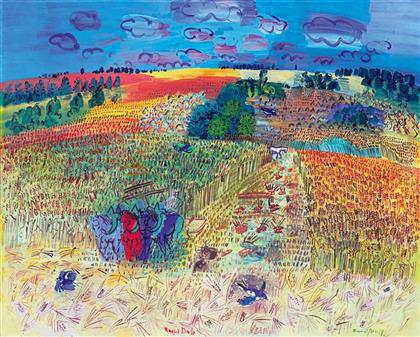
Rembrandt Harmenszoon van Rijn
“The Jewish Bride”, c.1667
Rijksmuseum, Amsterdam

Rembrandt Harmenszoon van Rijn
“Self Portrait at the Age of 63”, 1669
National Gallery, London
Late Rembrandt at Rijksmuseum Amsterdam With 40 paintings, 20 drawings and 30 prints, ‘Late Rembrandt’ presents a comprehensive overview of the artist’s work between approximately 1652 and his death in 1669. Rijksmuseum, 12 February through 17 May 2015.]]>
Source: Rijksmuseum
Against the backdrop of tragic personal losses and ongoing financial difficulties, Rembrandt began experimenting with printing and painting techniques in the later years of his life, producing some of the most distinctive, innovative and daring works of his career. His global reputation was eventually shaped by the late masterworks such as “Self-Portrait with Two Circles” (Kenwood House, London), the “Family Portrait” (Herzog Anton Ulrich-museum, Braunschweig), “Jacob Blessing the Sons of Joseph” (Gemäldegalerie Alte Meister, Kassel) and “The Jewish Bride” (Rijksmuseum).
One of the most spectacular examples of Rembrandt’s experimentation from this period is “Lucretia” (Minneapolis Institute of Art), in which the artist made use of the unusual technique of applying two overlapping layers of paint on the right sleeve, showing extensive use of a palette knife. It will be displayed alongside “The Three Crosses”, a highlight of Rembrandt’s late printmaking which achieves a dynamic contrast between light and dark not seen before with this technique.
One of Rembrandt’s most famous drawings, “Young Woman Sleeping” (British Museum), is typical of Rembrandt’s later work: an intense scrutiny of an intimate moment. Rembrandt adopts a similar approach to depict history in his large paintings, as can be seen in the epic canvas “Jacob Blessing the Sons of Joseph” (Gemäldegalerie Alte Meister, Kassel).
The exhibition is divided into ten themes: The late self-portraits, Observation of everyday life, Artistic rivalry, Artistic conventions, Experimental technique, Light, Intimacy, Contemplation, Inner conflict and Reconciliation.
Related content
Late Rembrandt at the National Gallery, London (exhibition, 2014)
Follow us on:


